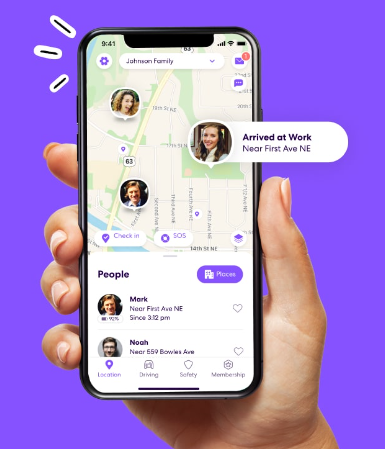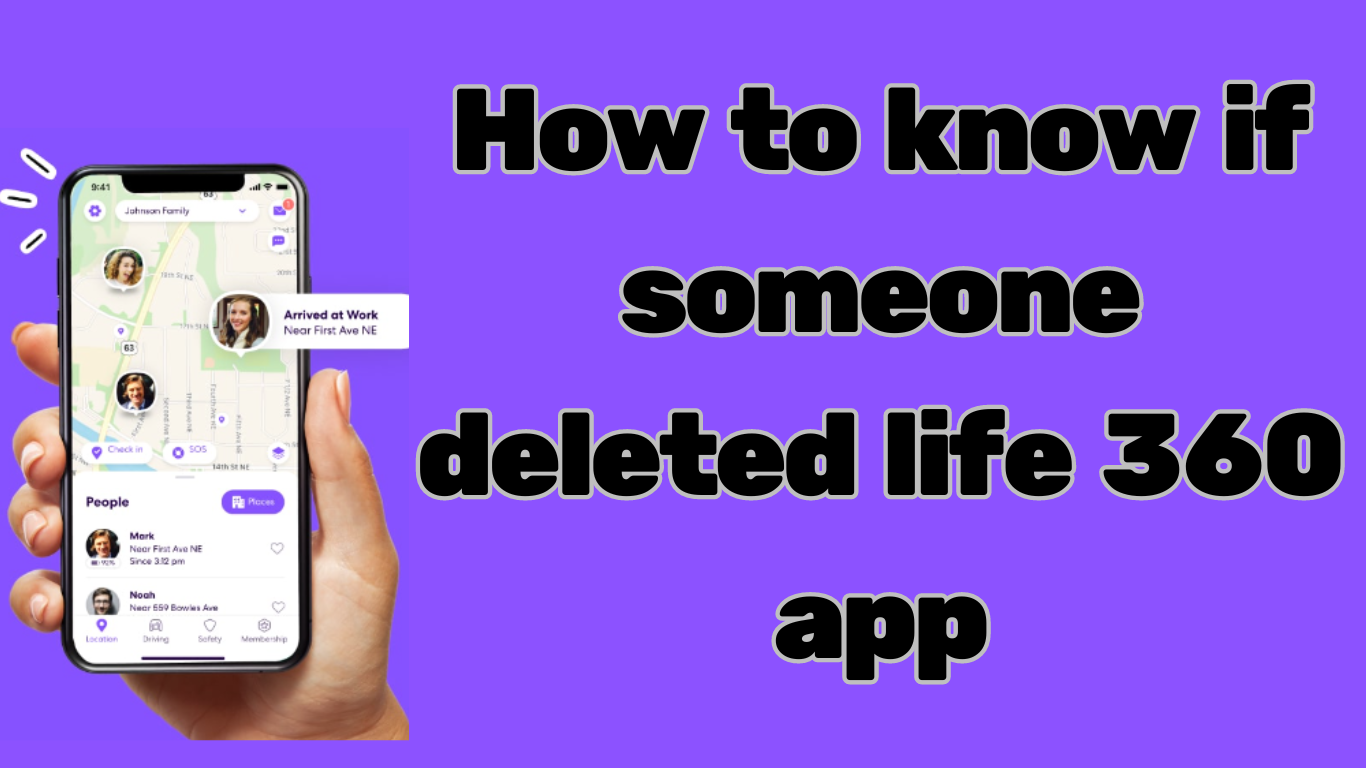Life360 and other location monitoring apps give families and friends a sense of security and closeness in the modern digital world. On the other hand, there might be times when someone chooses, for a variety of reasons, to stop using these platforms. Determining if someone has removed the Life360 app could occasionally be difficult, depending on the reason—privacy concerns, personal boundaries, or just a change in preferences. We’ll examine several techniques in this post to identify these shifts in location sharing.
Check Communication Channels: Keeping an eye out for any alterations in communication patterns is among the easiest ways to find out whether someone has removed the Life360 app. Life360 may have been uninstalled if the person suddenly ceases informing you of their whereabouts or sharing their location, even though they used to depend on it for this service. Look for any other channels of contact they might be using.
Monitor Shared Circles: With Life360, users may form and join Circles, allowing participants to see each other’s current positions. It’s possible that the person has deleted themselves from the app if you were in their Circle and you see that they are no longer there in the group.
If their profile is still included among the members, check the Circles section on the Life360 app or website.
Inspect Device Screens: Spend a moment looking at the home screen and app drawer of the person’s device if you have physical access. Among the installed apps, look for the Life360 app icon. If it’s not there, it’s most likely that they removed the app from their phone.
Review App Permissions: If Life360 still has access to location services, you can verify app permissions on Android devices. Proceed to the Apps or Applications section by navigating the device’s settings. Look for Life360 among the installed apps, then check the permissions. Revocation or disabling of location access suggests that the app may be removed.
Try to Find Them: Trying to find someone via the Life360 app is another method of determining if they have erased the app. Check to see if the person’s location is still displayed by opening the Life360 app on your device. Should their location be absent or displayed as offline, they might have removed the application or turned off location sharing.
Direct Inquiry: It’s always preferable to ask questions straight up when in doubt. Get in touch with the person and ask about their Life360 status. Inquire politely whether they have changed their location-sharing choices or removed the app. Be considerate of their choice and show them respect for their privacy and how to know if someone deleted life360 app.
Keep an Eye Out for Any Changes in Behaviour: Be alert for any indications that someone is no longer utilising Life360. It may indicate that the user has opted out of the app if they show signs of discomfort or discontent with location tracking. If they’ve made their decision plain, respect their boundaries and don’t push them to come back and can you put life360 on a phone without them knowing this is the eye changes behavior.
In conclusion, it takes a combination of conversation, observation, and respect for privacy to determine whether someone has erased the Life360 app. You can learn more about how location sharing and what happens when i uninstall life360 has changed and how people around you prefer to be understood by using the techniques mentioned above. Keep in mind that people have the right to manage their online persona and privacy settings, some are asking that if i uninstall life360 can i still be tracked, so handle the topic with tact and understanding.
You might like this article: How to delete a pre installed app on android

How to know if someone paused their location on life360 iphone
It can be more difficult to determine whether someone has stopped using Life360 on an iPhone than it is to determine whether they have completely removed the app. Still, there are a few approaches you can attempt:
- Check Their Location Check the person’s whereabouts by using the Life360 app on your iPhone. They’ve probably suspended location sharing if their location is displayed as “Location Paused” or has a timestamp that hasn’t been updated in a while.
- Ask them: Addressing such issues by direct contact is frequently the most successful strategy. Speak with the person and find out if they have stopped using Life360. They might confirm your concerns or offer you an explanation.
- Observe Behaviour: Keep an eye out for any modifications in location sharing behaviour. It may be a sign that they have paused their location on Life360 if the individual used to share their location frequently but has abruptly ceased.
- Examine Settings: You can open the Settings app on the person’s iPhone if you have access to it. Locate the Life360 app by scrolling down the list of installed apps. If you tap on it, you might see permissions or location sharing options. It appears that the person has purposefully paused their location on Life360 if location sharing is turned off or if there are settings for pausing location updates.
- If you are a member of their Circle, check your Life360 settings:
You can look for any indications of paused location sharing in the app’s settings if you’re a part of the person’s Life360 Circle. Open the app, choose the user’s profile, then search for any settings pertaining to location sharing. Here, they might have consciously decided to stop updating their location. - Track Activity: Observe what the user is doing using the Life360 app. It can be a sign that they’ve stopped updating their location if you see them changing the status of their profile or accessing location sharing settings.
Remember that although it’s normal to be interested in knowing someone’s location status on Life360, you should always respect their personal space and limits. It may not be fair to pressure someone to resume location sharing if they have chosen to cease for personal reasons. Always have a sympathetic and understanding stance towards the circumstance.
